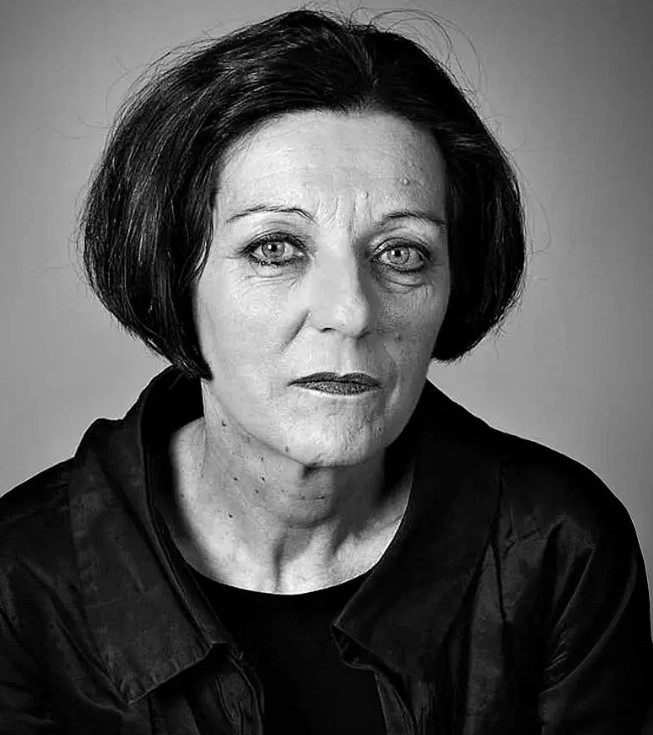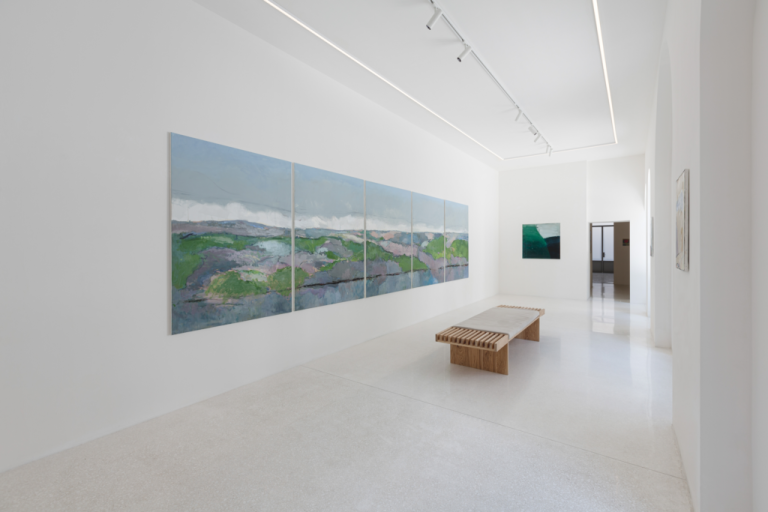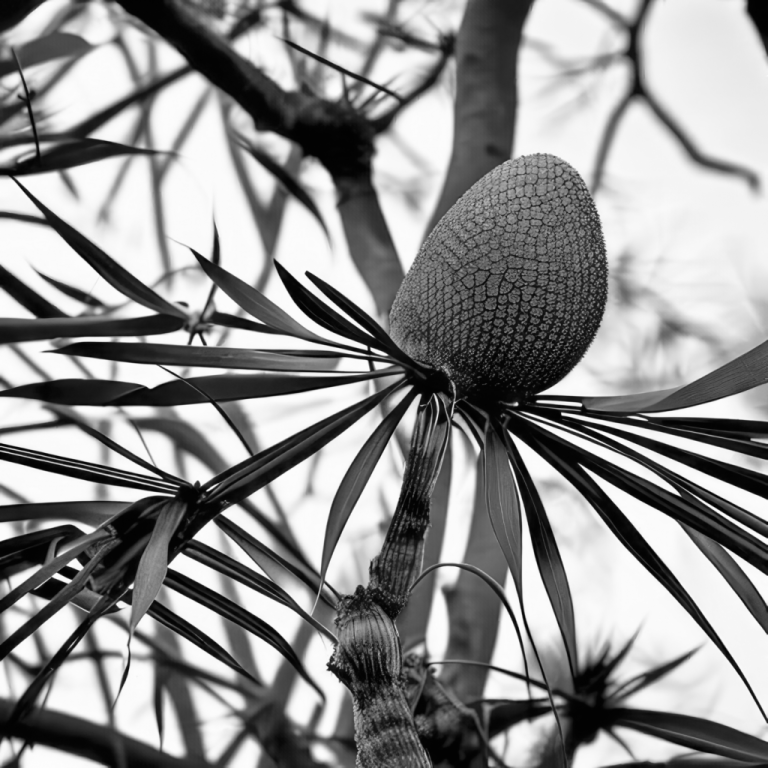Pamplona,
In 2022, half a century will have passed since the Navarrese capital hosted, between June and July 1972, the Pamplona Meetings, an avant-garde artistic festival whose development brought many surprises and had international repercussions. Expanding its activities to different settings in the city and encompassing various forms of expression, interrelation and play, this event reviewed the experimental practices carried out in our country in the sixties, at a time when many of them were beginning to go into decline, and allowed us to contemplate works made in different media (painting, sculpture, poetry, film or music) that affected the contradictions that existed then between “official” avant-garde art and conceptual paths that went beyond pop art, abstraction or social realism.
Financed by the Huarte group and organized by the Alea collective, formed by the composer Luis de Pablo and the artist José Luis Alexanco, the Meetings would be compared in their magnitude to Documenta V and included proposals by Zaj, Valcárcel Medina, Nacho Criado, Navarro Baldeweg, Francesc Torres or Antoni Muntadas, along with works framed in experimental or avant-garde cinema, manifestations of cybernetic art, poems by Spanish or foreign authors, experimental music and videos, such as those that were part of the cycle This is your roofmade by Willoughby Sharp, the aforementioned Muntadas and Dennis Oppenheim.
There were a total of 350 participating creators under the coordination of Ignacio Gómez de Liaño, a hundred of them Spanish, and among their most celebrated works were the pneumatic domes by the architect Prada Poole, a symbolic space for meeting and artistic action; Lugán's random telephones, a metaphor for communication and lack of communication; or presentations of concrete and electroacoustic music, because the coexistence of the senses and the mixture of tradition and the avant-garde were promoted.
In short, that event became a turning point in the artistic development in Spain in the last years of the Franco regime and also meant, as many have pointed out, a symbolic end to the dominance of informalist painting and abstraction, assumed at that time by official cultural policy.
Two years after Pamplona reissued the Encuentros to celebrate that fiftieth anniversary and to undertake a search for valid cultural references for our time, this project will return next fall (from October 3 to 13 and curated, again, by the essayist and poet Ramón Andrés, with the deputy direction of the journalist and researcher Berta Ares). The organization's objective is to consolidate its biennial celebration, offering an open look at creation today in which citizens take part: as in 2022, proposals will be articulated for all audiences, most of which are free.
Promoted by the Navarrese Government and the Baluarte Foundation, with the support of the “la Caixa” Foundation, the Meetings will bring together international artists, writers and thinkers in activities structured around nine itineraries: 21st century: Philosophy to locate oneself, In the beginning were the hands, Literature without a turn, The trees that remain, We all come from far away, The feminist mirror, Art between the real and the intuited, Music in all directions and Cinema inside.
The main venue for their interventions will be Baluarte, the Congress Palace and Auditorium of Pamplona, but other public spaces in the Navarrese capital will also host cultural activities so that all citizens can join them; Two years ago, there were 12,000 people who got involved in one or another of the initiatives of the Meetings, designed, in Andrés' words, to orient ourselves in contemporary times, always based on reflection and holding on to the incontestable force of the arts, to their power to immerse us in the most radical sense of their questions.
If in 2022 Frederic Amat gave an image to this quote, this time the author of his poster is Eva Lootz, who has raised three large circles in it as a symbol of art, science and thought and a smaller one that she links to a jumping elf from one to another of the others, making them fertilize each other.
Work is still being done on the programming, but we already know some attendees: the artist Joan Jonas, the thinkers Gerald Raunig and Boris Groys, the writers Pascal Quignard and Herta Müller, the filmmakers Béla Tarr and Apichatpong Weerasethakul, the musicians Liza Lim and Georg Friedrich Haas, the curator Mónica Bello, the creator of New Media Daito Manabe, the feminist theorist Sarah Ahmed, the scientist Stefano Mancuso or the activist for economic degrowth Hélène Tordjman.







